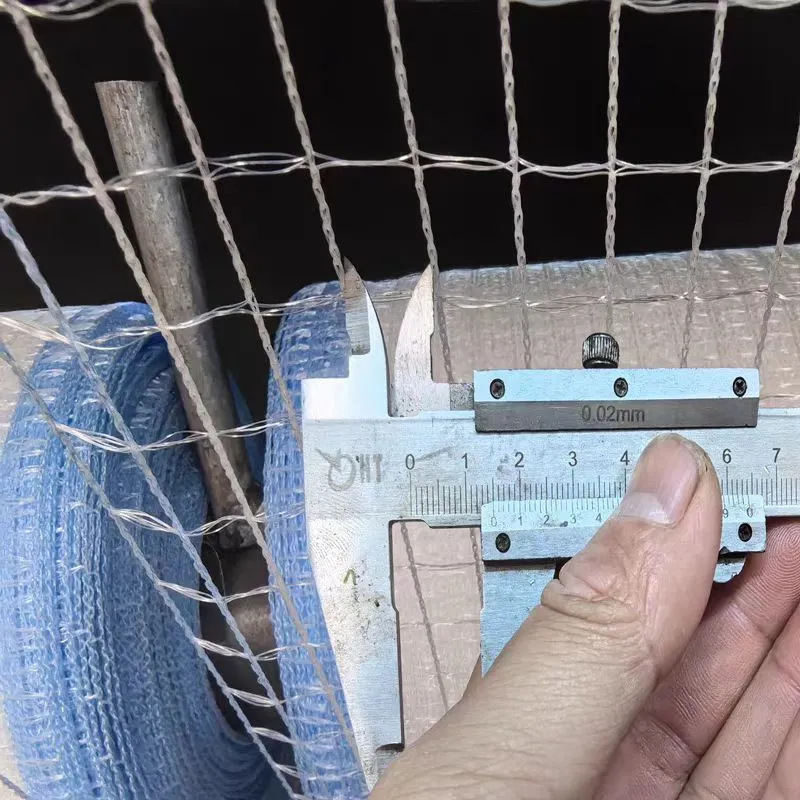-
 Afrikaans
Afrikaans -
 Albanian
Albanian -
 Amharic
Amharic -
 Arabic
Arabic -
 Armenian
Armenian -
 Azerbaijani
Azerbaijani -
 Basque
Basque -
 Belarusian
Belarusian -
 Bengali
Bengali -
 Bosnian
Bosnian -
 Bulgarian
Bulgarian -
 Catalan
Catalan -
 Cebuano
Cebuano -
 China
China -
 Corsican
Corsican -
 Croatian
Croatian -
 Czech
Czech -
 Danish
Danish -
 Dutch
Dutch -
 English
English -
 Esperanto
Esperanto -
 Estonian
Estonian -
 Finnish
Finnish -
 French
French -
 Frisian
Frisian -
 Galician
Galician -
 Georgian
Georgian -
 German
German -
 Greek
Greek -
 Gujarati
Gujarati -
 Haitian Creole
Haitian Creole -
 hausa
hausa -
 hawaiian
hawaiian -
 Hebrew
Hebrew -
 Hindi
Hindi -
 Miao
Miao -
 Hungarian
Hungarian -
 Icelandic
Icelandic -
 igbo
igbo -
 Indonesian
Indonesian -
 irish
irish -
 Italian
Italian -
 Japanese
Japanese -
 Javanese
Javanese -
 Kannada
Kannada -
 kazakh
kazakh -
 Khmer
Khmer -
 Rwandese
Rwandese -
 Korean
Korean -
 Kurdish
Kurdish -
 Kyrgyz
Kyrgyz -
 Lao
Lao -
 Latin
Latin -
 Latvian
Latvian -
 Lithuanian
Lithuanian -
 Luxembourgish
Luxembourgish -
 Macedonian
Macedonian -
 Malgashi
Malgashi -
 Malay
Malay -
 Malayalam
Malayalam -
 Maltese
Maltese -
 Maori
Maori -
 Marathi
Marathi -
 Mongolian
Mongolian -
 Myanmar
Myanmar -
 Nepali
Nepali -
 Norwegian
Norwegian -
 Norwegian
Norwegian -
 Occitan
Occitan -
 Pashto
Pashto -
 Persian
Persian -
 Polish
Polish -
 Portuguese
Portuguese -
 Punjabi
Punjabi -
 Romanian
Romanian -
 Russian
Russian -
 Samoan
Samoan -
 Scottish Gaelic
Scottish Gaelic -
 Serbian
Serbian -
 Sesotho
Sesotho -
 Shona
Shona -
 Sindhi
Sindhi -
 Sinhala
Sinhala -
 Slovak
Slovak -
 Slovenian
Slovenian -
 Somali
Somali -
 Spanish
Spanish -
 Sundanese
Sundanese -
 Swahili
Swahili -
 Swedish
Swedish -
 Tagalog
Tagalog -
 Tajik
Tajik -
 Tamil
Tamil -
 Tatar
Tatar -
 Telugu
Telugu -
 Thai
Thai -
 Turkish
Turkish -
 Turkmen
Turkmen -
 Ukrainian
Ukrainian -
 Urdu
Urdu -
 Uighur
Uighur -
 Uzbek
Uzbek -
 Vietnamese
Vietnamese -
 Welsh
Welsh -
 Bantu
Bantu -
 Yiddish
Yiddish -
 Yoruba
Yoruba -
 Zulu
Zulu
wire mesh for construction
Wire Mesh for Construction A Comprehensive Overview
Wire mesh is an integral component in the construction industry, providing essential structural support and reinforcement for various applications. Made from interwoven steel wires, this versatile material is primarily used in concrete reinforcement, providing added strength and stability to structures. Understanding the different types, applications, and benefits of wire mesh can significantly enhance its effectiveness in construction projects.
What is Wire Mesh?
Wire mesh, also known as welded wire fabric, is created by welding intersecting wires at right angles to form a grid pattern. This grid can vary in size, wire diameter, and spacing, making wire mesh suitable for a wide range of applications. The most common types of wire mesh used in construction include welded wire mesh, hexagonal wire mesh, and expanded metal mesh.
Types of Wire Mesh
1. Welded Wire Mesh This is the most frequently used type for concrete reinforcement. It consists of longitudinal and transverse wires that are welded together at the intersections, forming a sturdy sheet. It is available in various gauges and mesh sizes, making it adaptable to different construction needs.
2. Hexagonal Wire Mesh Commonly used for fencing, hexagonal wire mesh is made of twisted wire and is often used in foundations and retaining walls to prevent soil erosion. Its unique shape allows it to withstand lateral pressure effectively.
3. Expanded Metal Mesh Created from a solid sheet of metal that has been cut and stretched, expanded metal mesh is often used in applications requiring strength and rigidity, such as walkways, stair treads, and safety barriers.
Applications of Wire Mesh in Construction
1. Concrete Reinforcement One of the primary uses of wire mesh is to reinforce concrete slabs, driveways, pavements, and foundations. By incorporating wire mesh into the concrete mix, builders can significantly reduce cracking and improve the tensile strength of the structure.
wire mesh for construction

2. Fencing and Barriers Hexagonal wire mesh is frequently used for fencing in agricultural and residential properties. It provides a cost-effective solution for animal containment and perimeter security while allowing for visibility and airflow.
3. Erosion Control Wire mesh is utilized in erosion control applications to stabilize soil and prevent landslides. It can be used in combination with vegetative growth, allowing plants to take root while providing structural integrity to the soil.
4. Support Structures In addition to reinforcing concrete, wire mesh is also used in various support structures such as ceilings and walls. Its lightweight and versatile nature make it easy to install while providing essential support.
Benefits of Using Wire Mesh
1. Strength and Durability Wire mesh significantly enhances the tensile strength of concrete, making structures more durable and less prone to damage over time.
2. Cost-Effective The use of wire mesh can reduce material costs and labor expenses. It often requires less concrete than traditional reinforcement methods, saving money on both materials and installation.
3. Flexibility With various sizes, gauges, and types available, wire mesh can be customized to suit different projects, ensuring that construction needs are met effectively.
4. Ease of Installation Wire mesh is lightweight and easy to handle, which speeds up the installation process. This efficiency can lead to shorter project timelines and improved overall productivity.
Conclusion
Wire mesh is a vital component of modern construction, providing essential support and reinforcement for a variety of applications. Its versatility, strength, durability, and cost-effectiveness make it an indispensable material in the building industry. As construction practices continue to evolve, the importance of wire mesh will remain indispensable in ensuring that structures are safe, stable, and built to last. From residential projects to large-scale commercial developments, understanding and implementing the right type of wire mesh can lead to successful construction outcomes.
-
Shipping Plastic Bags for Every NeedNewsJul.24,2025
-
Safety Netting: Your Shield in ConstructionNewsJul.24,2025
-
Plastic Mesh Netting for Everyday UseNewsJul.24,2025
-
Nylon Netting for Every UseNewsJul.24,2025
-
Mesh Breeder Box for Fish TanksNewsJul.24,2025
-
Expanded Steel Mesh Offers Durable VersatilityNewsJul.24,2025











